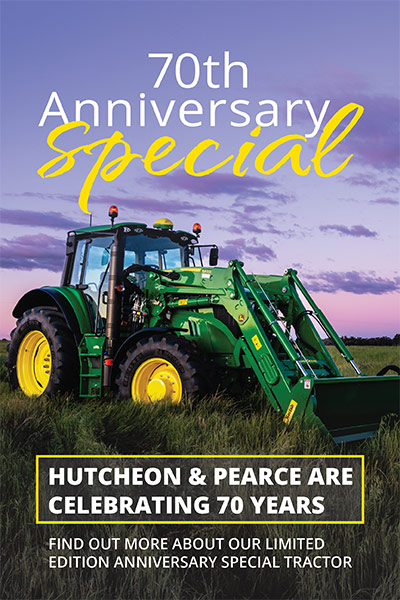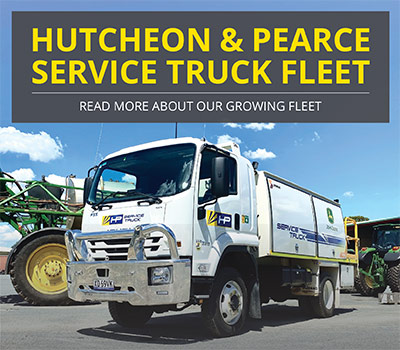Subscribe To Our Weekly Newsletter
Categories
MEET THE ANDREAZZAS: 2018 NSW FARMERS OF THE YEAR
FARMING EXCELLENCE: BACK FROM THE BRINK
ANDREAZZAS BACK THEMSELVES: SELL OR EXCEL
Local farmers Glen and Julie Andreazza of Wilbriggie, near Griffith, have been named NSW Farmers of the Year for 2018.
Implementing a range of innovative farming practices, Glen and Julie have been recognised for balancing environmental practices with making a profit. Long-time Hutcheon & Pearce customers, we know the Andreazzas as a tightknit family with a keen eye for opportunity and a courageous approach to business.
We congratulate Glen and Julie – we’re thrilled their efforts have been recognised and look forward to seeing what they do next. Here is their story.
For the past 15 years, the NSW Farmer of the Year Award has recognised the state’s rural champions and demonstrates excellence in farming.
When Glen and Julie Andreazza, from Wilbriggie, near Griffith, attended Parliament House in Sydney on December 5 they did not expect to come home winners of the prestigious award.
“It was very overwhelming initially because we didn’t think we’d get it,” Glen explained. “We thought we’d be the runner-up.”
“It was wonderful to win it, and it’s a huge honour. And I attribute it back to the area we live in. We have had a lot of comments that it was very good for the area. People were very happy to see it happen as it puts us back on the map, and shows our city counterparts that we can do things in hard times.”
Julie adds, “There’s so much in the media with the drought and all the fish kill that’s happening now, and it’s quite upsetting that farmers are being blamed for all of that. We are proof that you can farm efficiently, be waterwise and recycle and still make a good living out of it.”
Glen has lived in the Riverina all his life and first worked on his father Angelo’s property before buying his first farm in 1991 with Julie.
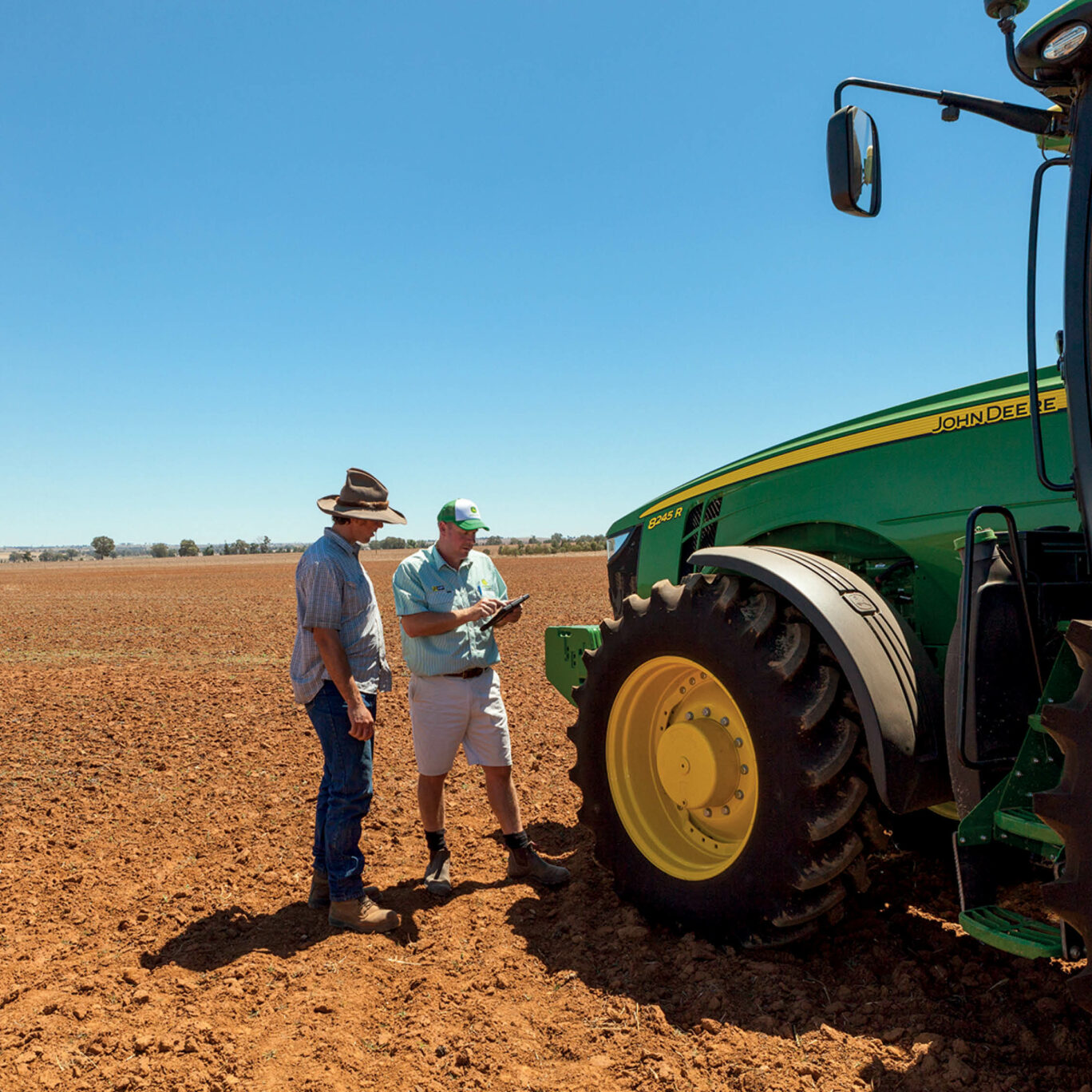
They currently own 370 hectares and lease a further 265Ha, balancing environmental practices with making a profit. They mainly grow rice in summer and wheat in winter using residual moisture from the rice production. The farm recycles all of its water, with quick-flow irrigation systems and solar panels, which offset the cost of electricity and help reduce emissions created by fossil fuels.
The realisation that they needed to be waterwise came with the Millennium drought.
“We suffered a lot in the first drought, and I think that was the main reason we changed and made so many adaptations to everything we’re doing,” Julie said.
“That drought taught us a lot. It was a really, really rough time for our family as it was for everyone else. We didn’t want to go through that again, and realised we needed to drought-proof the farm. Everything revolves around water. Anything we can do to save water; recycle water, save energy, save costs. Water drives everything.”
This realisation saw the Andreazzas put in a bore in the middle of the last big drought, with Glen using their overdraft to convert part of their general security water to high security.
“We put in the bore when we should have been securing ourselves instead of spending money. We were spending fair licks of money to try and implement all that stuff, and it’s paid off. Actually, putting in the bore has paid off over and over and over and over again, and this year it’s paid for itself again. That’s how we manage a lot of it.”
Glen said that land forming and water go hand-in-hand.
“The land forming we’re implementing now is saving more water again. We’re using larger, flatter bays, and they can be adapted to any sort of farming very quickly. For example, the beds that the corn is in were rice paddies. Within a month and a half, we had ripped them up and put beds in and had it prepared for corn. So, we can change crop type very, very quickly, which is the idea behind that sort of land forming.”
Seizing on such opportunities is all part of Glen and Julie’s business model.
“We scrutinize all opportunities and assess most of all on the bottom line – how much money you’re potentially going to make out of it versus how big a loss you will have if it goes pear-shaped,” Glen said.
“For example, growing rice as opposed to growing corn. We took the option of growing corn this year as we went through the numbers and worked out what was going to make us the most money per hectare.
“People have made a lot of comments about us growing corn and not rice, especially as I am a director at SunRice, but it comes down to our business model and this year growing rice just didn’t stack up. The company paid what it felt was a fair price and that just didn’t cut it against corn. I needed an extra $50-$100 a ton to make the numbers work purely because rice uses more water (8-9 megalites per hectare for corn versus 14 megalitres for rice) and with the water situation the way it was this year, we ran with corn. It was a business decision.”
Future focused
Glen and Julie are focused on using new technologies to improve their bottom line.>
“Precision agriculture plays a big role and is going to play an even bigger role into the future,” Glen said.
“It’s expensive to get into but once you’re into it, it pays dividends. Obviously, it can save you money, it can save you time, it definitely saves driver fatigue. I can do longer hours and not be as fatigued at the end of the day. It allows me to work at night.
Articles And Resources From The Hutcheon & Pearce Newsroom
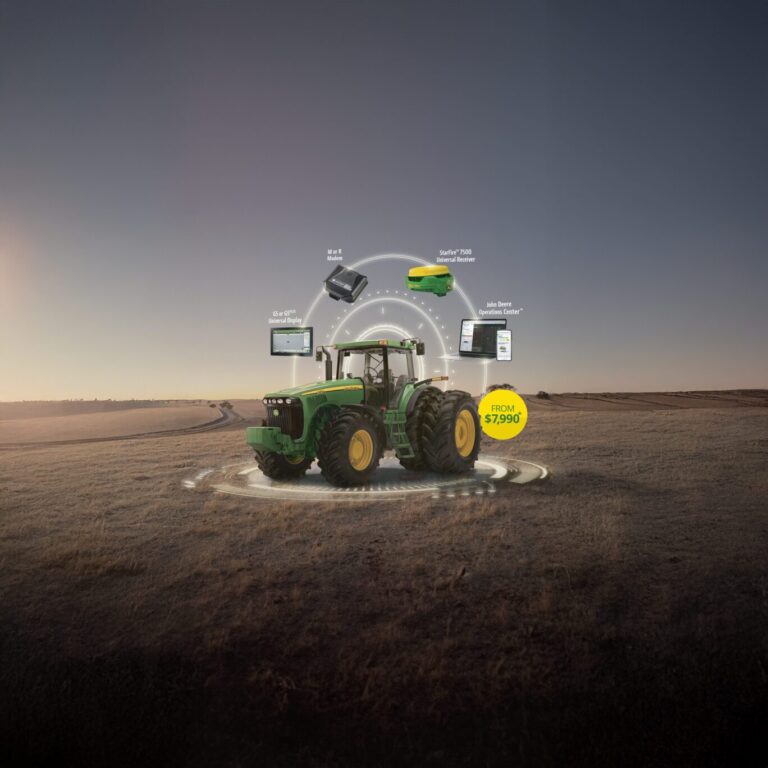
The 101 on Precision Essentials
John Deere’s exciting new Precision Ag model – Precision Essentials-
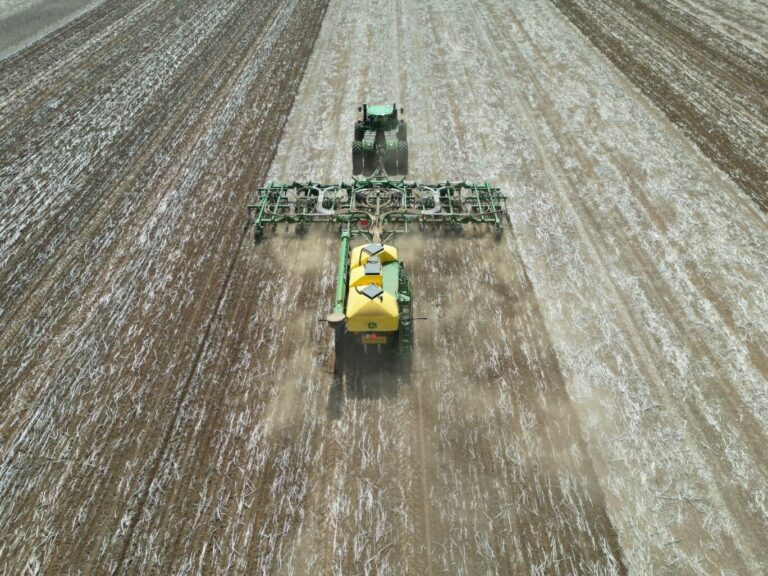
John Deere Seeding: Smarter Together
Experience precision, productivity and peace of mind with a complete
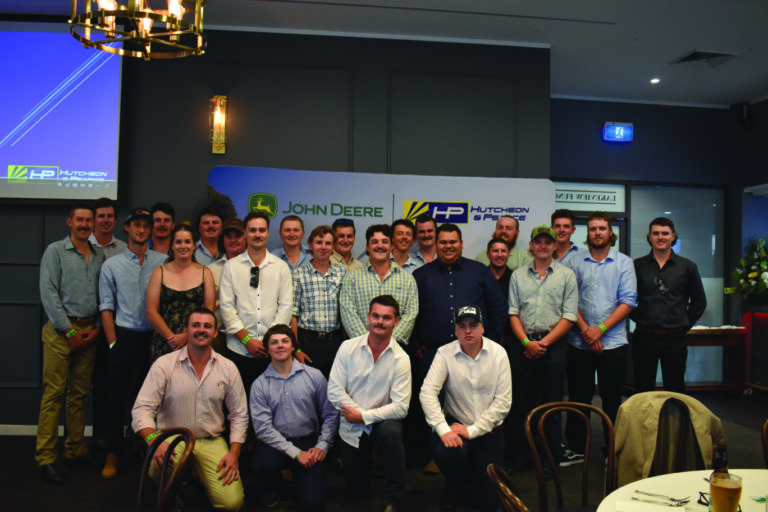
Celebrating Success: H&P Apprenticeship Graduation
Hutcheon & Pearce celebrate their newest graduates of the High
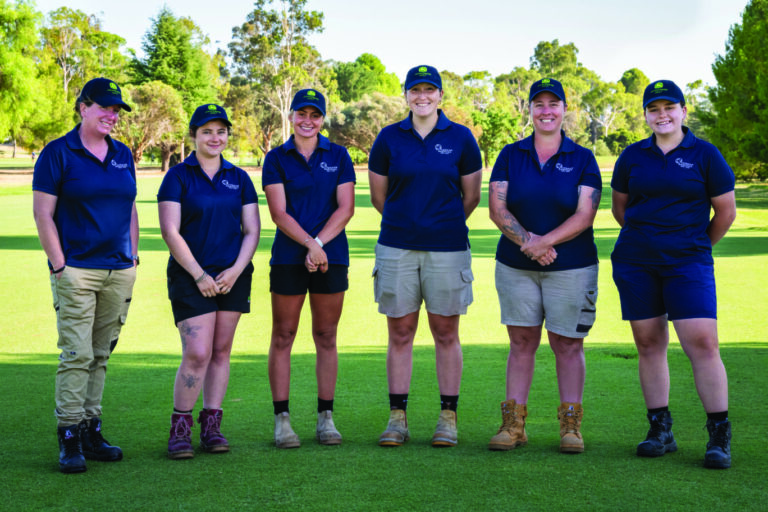
Cobram Women in Turf Program a Success
An action-packed week at the Cobram Barooga Golf Club saw
